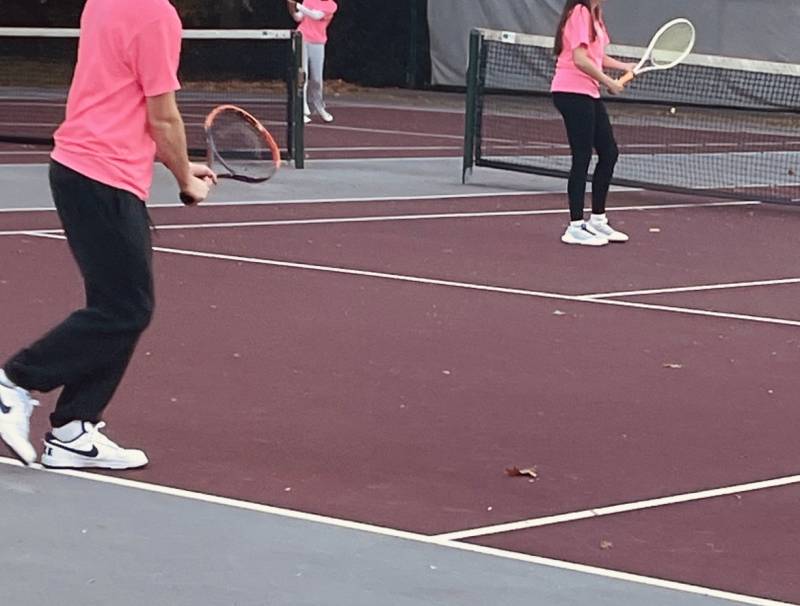New Russian Stealth Fighter Revealed at MAKS Air Show
Over the summer, starting on July 20, 2021 and ending July 25th, the International Aviation and Space Show, otherwise known as MAKS, was held in Moscow Russia at Zhukovsky International Airport. The show allows for Russian aerospace companies to showcase their new designs and then negotiate export contracts to foreign nations looking to buy the new designs. During the 2021 MAKS, a new Russian light multirole stealth fighter, the SU-75 Checkmate, was revealed. This new stealth fighter has had mixed reactions from the Russian government and to people around the world.
The SU-75 is produced by the company Sukhoi which was once a Soviet, but now is a Russian manufacturer, producing mainly military aircraft but with a few commercial and agricultural aircraft. According to Breaking Defense, “The Su-75 Checkmate, produced by Sukhoi, is marketing itself as a single engine stealth fighter on par, but cheaper, than the F-35.”
The SU-75 is supposed to be one of two next generation fighters, the other being the SU-57. However the problem with the SU-57 was, like the SU-75, it was designed to be cheap and to be exported to other countries, this was not the case however as one SU-57 costs 50-100 million USD. On the contrary, according to the website 1945, “The first Checkmate is expected to take flight in 2023, but it comes with a hefty price tag of $25 million to $30 million.” This price tag is significantly cheaper than the SU-57 which might make it a more viable option for potential buyers.
The SU-75 is marketed by Sukhoi as not only cheaper than the SU-57 but also more capable. For example, according to the Eurasian Times, “To reduce the Radar Cross Section (RCS), the plane has a ‘V’-shaped vertical stabilizer configuration. Experts expect a lot of commonality of parts between the two aircraft which eases the burden on the manufacturing ecosystem.”
A radar cross section in basic terminology is how detectable an object is by radar. This means for any stealth fighter, a low radar cross section is required to be considered a stealth fighter. The SU-75 also contains IRST (Infrared Search and Track) which allows for the aircraft to track enemy aircraft based on their infrared radiation. Missiles and other ordinance, such as bombs, would be located in the internal weapons bay although external hardpoints are still available however doing so would make it more detectable by radar. It will also carry an internal cannon for close quarters combat. The aircraft also maintains the Russian design focus of “Supermaneuverability” due to its delta wing design meaning it is lighter, can stand more G’s, and keep the same lift ability as a swept wing.
So how does the SU-75 stand against Russia's current aircraft in service? Well compared to a previous Sukhoi design, the Su-30, they have some things in common. Both are designed to be supermaneuverable in a dogfight and both will most likely carry similar ordinance however as of 9/20/21, it was not specified what ordinance it will carry. According to Ragex, the SU-75 will be able to carry, “up to 5 AAMs in VLO configuration.” Ragex also goes on to say that it might carry 2 SRAAMs (Short Ranged Air to Air Missiles) and 3 MRAAMS (Medium Range Air to Air Missiles.) The SU-30 can carry the R-27 MRAAM, the R-73 SRAAM, and the R-77 AMRAAM (Advanced Medium Range Air to Air missile.) Meanwhile the more advanced SU-57 can carry 8 R-77 AMRAAMs, 2 R-73 SRAAMs, and one R-37M hypersonic AAM (Air to Air Missile.) Considering that these are some of the most advanced missiles in Russian service and in the world, it is likely that the SU-75 will carry these missiles. When it comes to speed, the SU-30 has a top speed of Mach 2, meaning it goes 2 times faster than the speed of sound, the SU-57 has a top speed of Mach 1.3 and the SU-75, according to reports from Sukhoi, will have a top speed of Mach 1.8. As shown, when it comes to speed, the SU-75 is better than its predecessor, but inferior to the SU-30. Compared to the SU-57 and SU-30, the SU-75 also has an inferior service ceiling, which is when an aircraft is no longer able to climb faster than 100 feet per minute. So far the SU-75 has a service ceiling of 40,000 feet whereas the SU-30 has a service ceiling of 56,800 feet and the SU-57 has a service ceiling of 66,000 feet.
Overall, the SU-75 has a chance to be a lethal fighter and a cheap export, however as shown, some of its stats so far are not very promising and the Russian government and air force might choose to invest in more SU-57’s instead of the SU-75 due to some of the key features, like service ceiling and missile load, being inferior to that of the SU-57. But since this fighter was just revealed, there is a chance that some of its shortcomings will be improved upon for it’s scheduled test flight in 2023.








